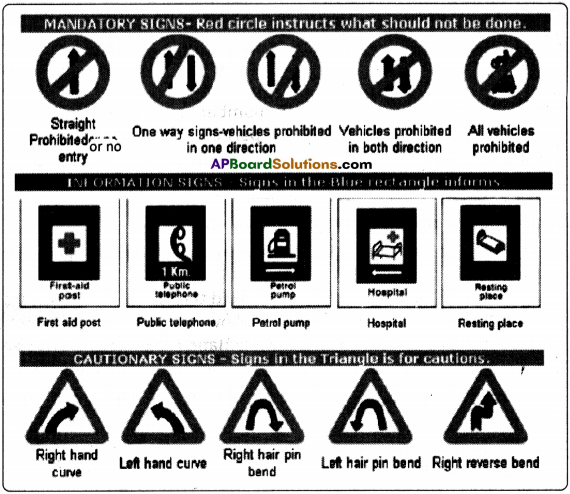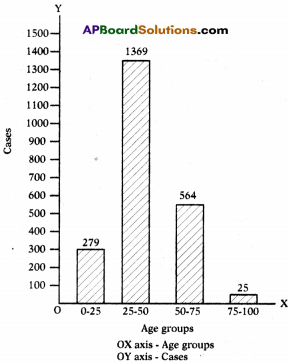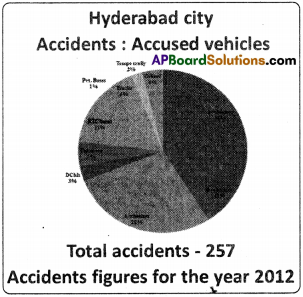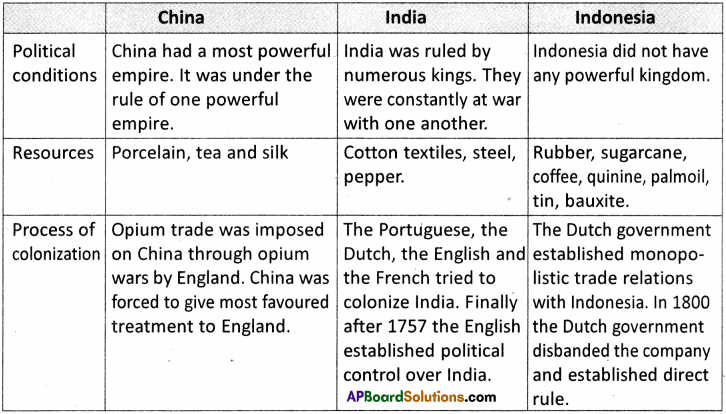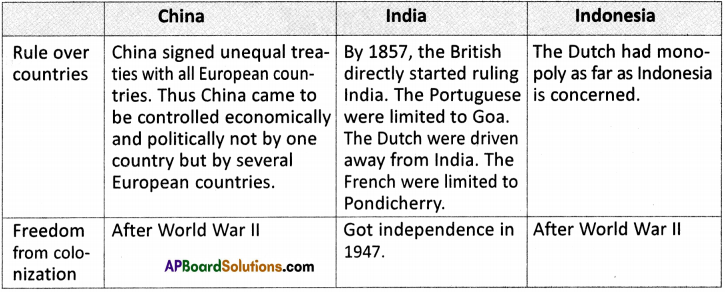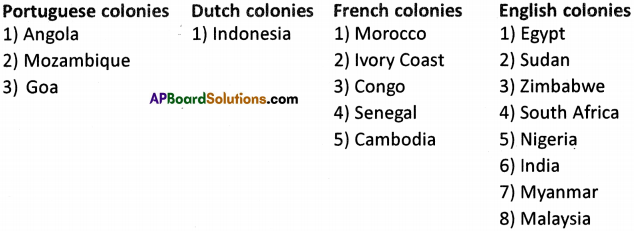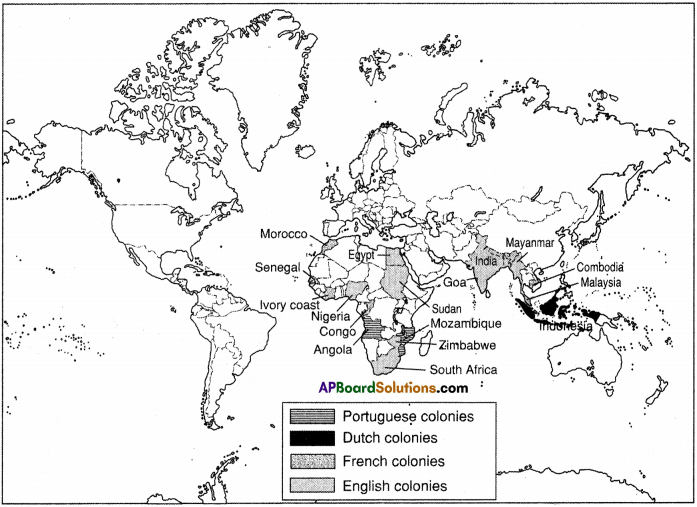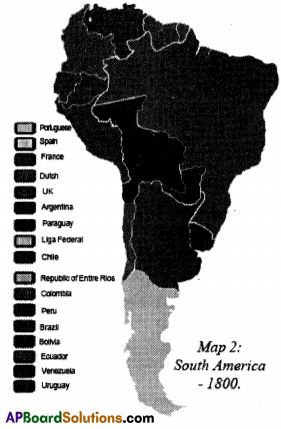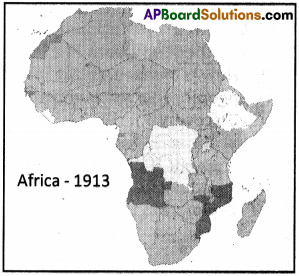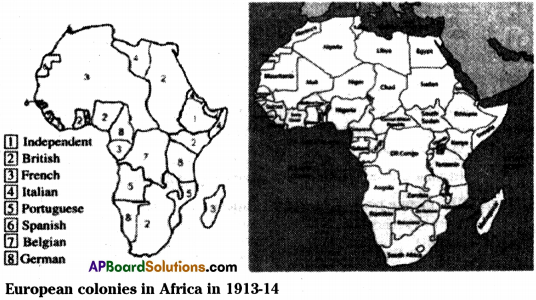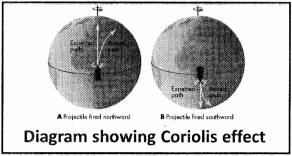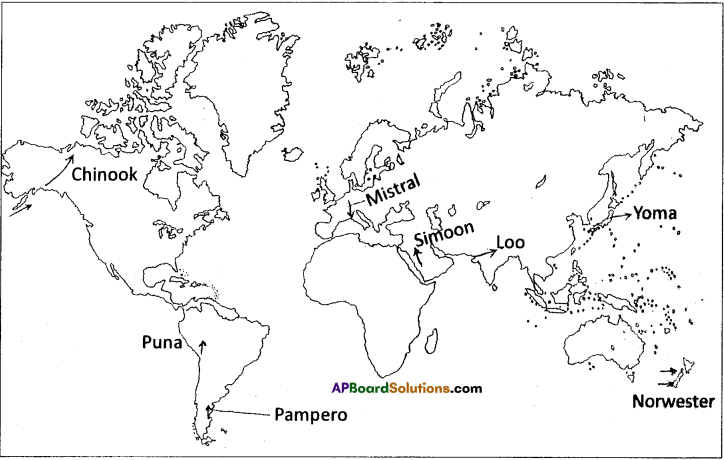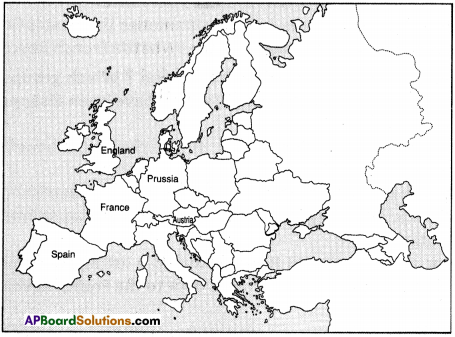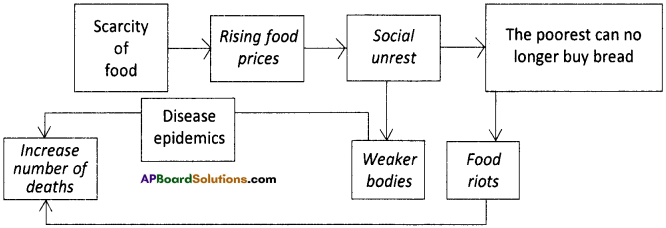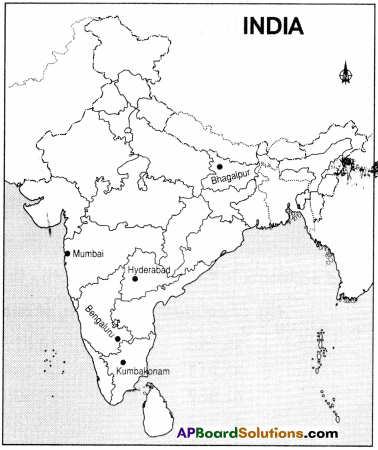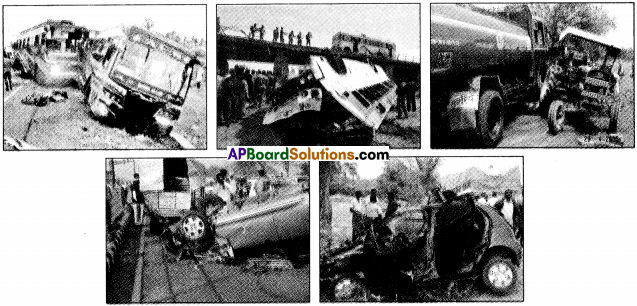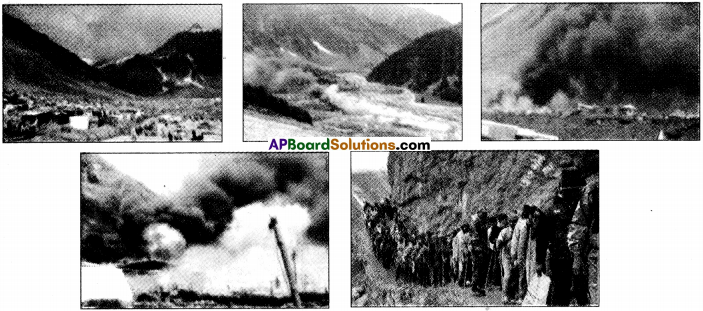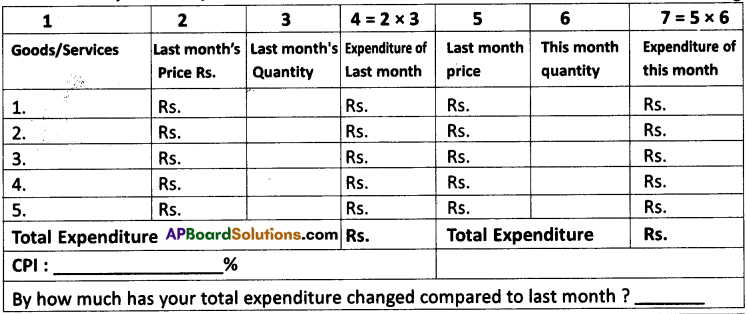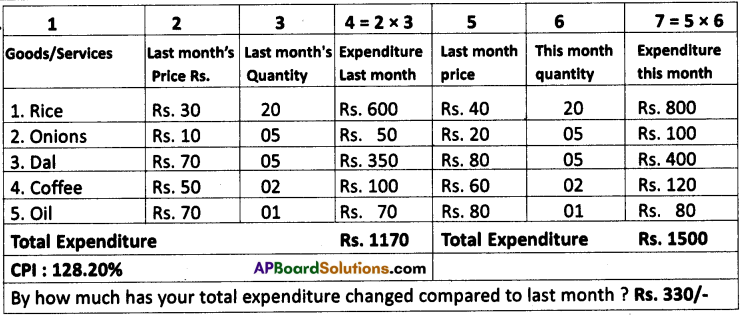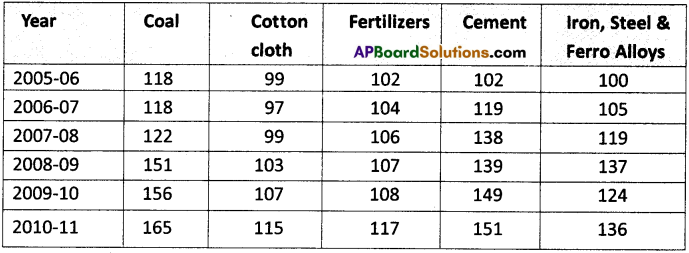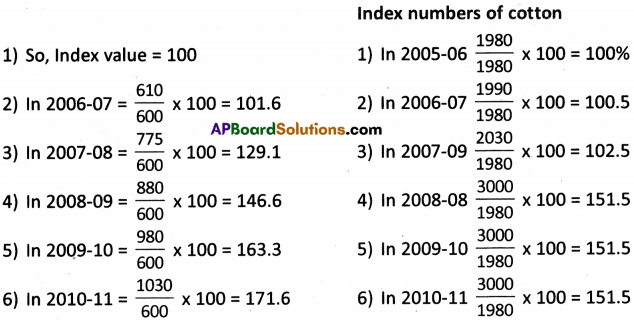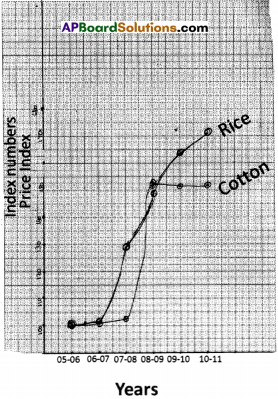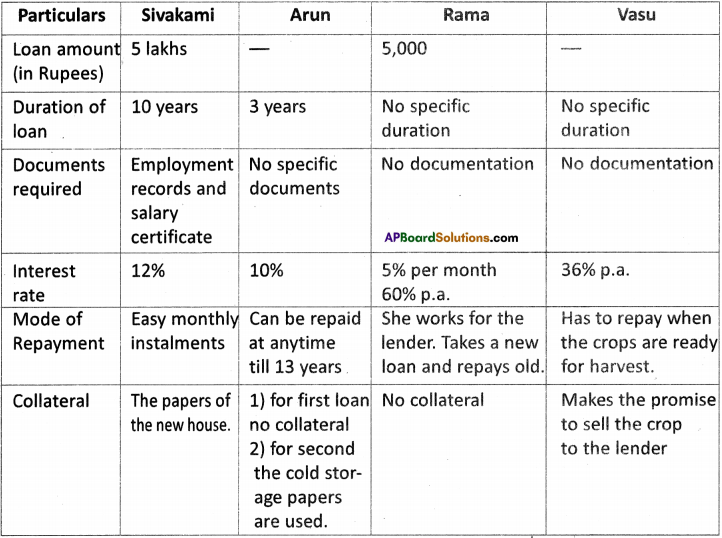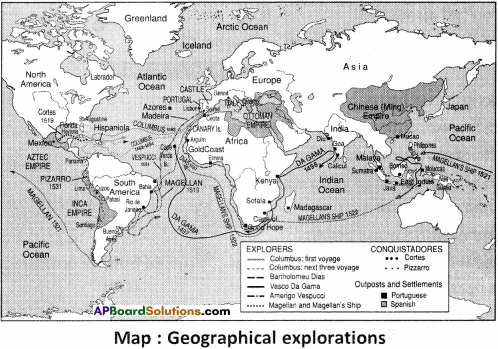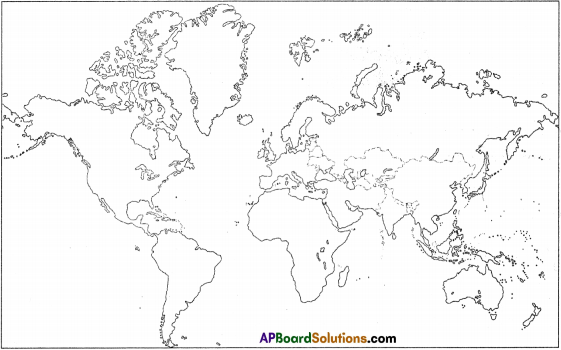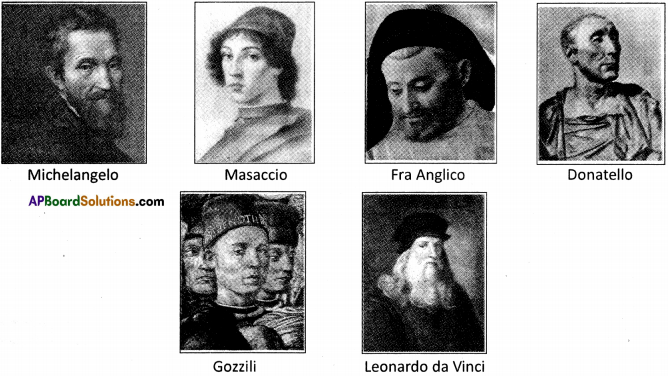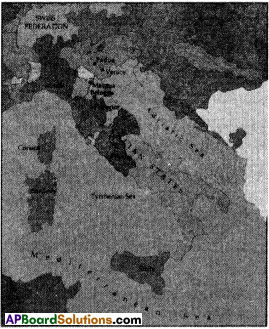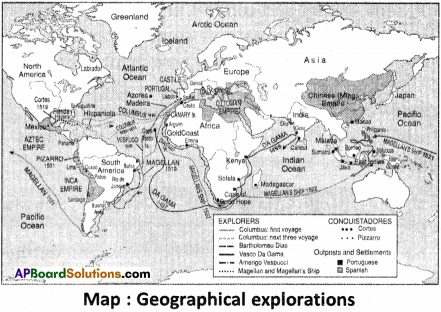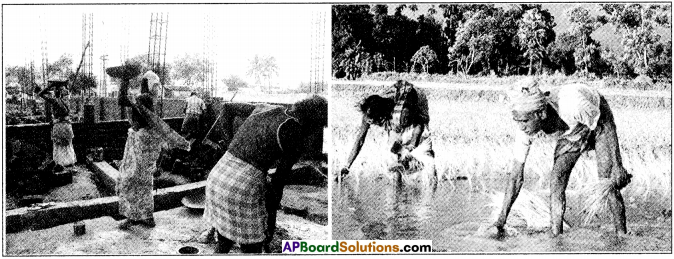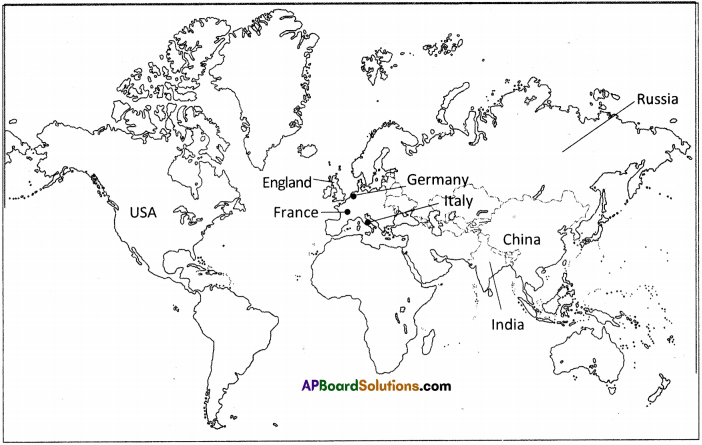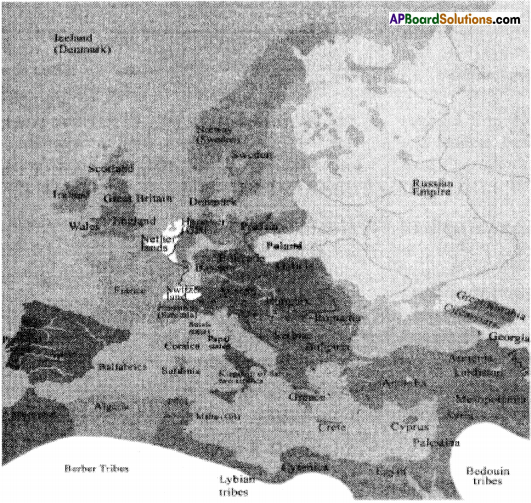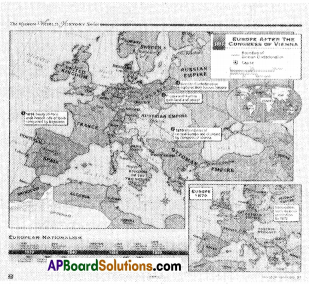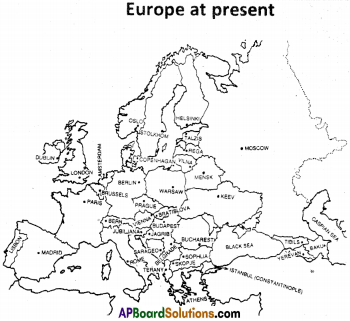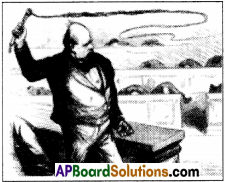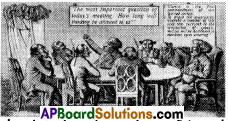AP State Syllabus AP Board 9th Class Social Studies Important Questions Chapter 4 Atmosphere.
AP State Syllabus 9th Class Social Studies Important Questions 4th Lesson Atmosphere
9th Class Social 3rd Lesson Hydrosphere 1 Mark Important Questions and Answers
Question 1.
Why does our skin dry up more during the winter? (SA-II : 2018-19)
Answer:
If the humidity is low in our atmosphere, our skin becomes dry during winter. This also leads to chapped lips.
![]()
Question 2.
Define relative humidity. (SA-I : 2019-20)
Answer:
Relative humidity: Relative humidity is the ratio between two things.
- The maximum water vapour that the air can hold at a given temperature and pressure and
- The actual amount of water vapour it holds at any given time.
9th Class Social 4th Lesson Atmosphere 4 Marks Important Questions and Answers
Question 1.
How many types of rainfall classified based on the origin of rainfall? What are they? Explain one of them? (SA-II : 2016-17)
Answer:
On the basis of origin, rainfall may be classified into three main types.
- Convectional Rainfall
- Orographic Rainfall
- Cyclonic Rainfall.
Convectional Rainfall :
This type of rainfall occurs when moist air over the heated ground becomes warmer than the surrounding air and is forced to rise, expand, cool and yield some of its moisture.
It is common in low latitudes and on summer days in interior part of the continents, and usually come in the form of short heavy showers just after the hottest part of the day, some times accompanied by thunder and lightning.
![]()
Question 2.
Observe the information given below and write four sentences on ‘Pressure Beits and Planetary Winds’. (SA-III : 2016-17)

Answer:
According to the given picture :
- The Equatorial Low Pressure Belts : This low pressure belt extends from 0 to 5° North and South of the Equator.
- Sub – Tropical Pressure Beits : At about 30° North and South of the equator lies the area where the ascending equatorial air currents descends.
- Sub-polar Low Pressure belts : These belts are located between 60° and 70° in both the hemispheres and are known as sub-polar low pressure belts.
- Polar High Pressure belts ; At the North and South between 70° and 90° temperatures are always extremely low. These areas of polar high pressure are known as polar highs.
Planetary winds : Planetary winds are distributed all over the globe and blow in the same direction throughout the year. These winds originate due to the presence of permanent high pressure and low pressure belts on the surface of the earth. The main types of planetary winds are the trade winds, the westerlies and the polar winds.
Question 3.
Study the table and answer the questions given below. (SA-I : 2018-19)
| Name of the sphere | Area | Characteristics In equator region |
| Troposphere | Upto 13 kms. | The entire weather phenomenon happens in this sphere. The temperature in the layer decreases as we go higher. |
| Stratosphere | Upto 50 kms. | This layer is almost free from clouds and associated weather phenomenon, making conditions most ideal for flying Jet air crafts. One important feature of stratosphere is that contains Ozone layer. The temperature increases with the increase in altitude. |
| Mesosphere | Upto 80 kms. | Meteorites burn up in this layer on entering from the space. Temperature starts decreasing with the increase in altitude. |
| Thermosphere | Up to 400 kms. | In thermosphere temperature rises rapidly with increasing height. It contains electrically charged particals known as ions. Radio rays transmitted from the earth by these ions. |
| Exosphere | Above 400 kms. | It is uppermost layer of the atmosphere. This is the highest layer and very little known about it. |
1. Why do jet aircrafts fly in the stratosphere?
2. Which is the top most layer?
3. Which layer contains ions?
4. In which layer does precipitation and cyclones occur?
Answer:
- Stratosphere layer is almost free from clouds and associated weather phenomenon, making conditions most ideal for flying jet aircrafts.
- Exosphere. It is above 400 kms. It is uppermost layer of the atmosphere.
- Thermosphere contains electrically charged particles known as ions.
- Troposphere.
![]()
Question 4.
What are the effects of climate change on the contemporary World? (SA-I : 2018-19)
Answer:
The affect of climate change on contemporary world.
→ an increase in hunger and water crises.
→ health risks through rising air temperatures and heat waves.
→ increasing spread of pests and pathogens
→ loss of biodiversity.
→ melting of the polar caps.
→ El Nino and La-Nino effect.
→ Frequently cyclonic effect on coastal areas, etc.
9th Class Social 4th Lesson Atmosphere Important Questions and Answers
Question 1.
What is Coriolis effect?
Answer:
Because of the impact of Earth’s rotation on its own axis, the winds move slightly to the right in the northern hemisphere, and to the left in the southern hemisphere. This effect is called Coriolis effect.
Question 2.
About which layer do we have very little knowledge?
Answer:
Exosphere is the upper most layer of the atmosphere. This is the highest layer. Very little is known about it.
![]()
Question 3.
Why does the amount of water vapour decrease rapidly with altitude?
Answer:
The water vapour is attracted towards the surface or close to the surface due to the gravitational pull of the earth. Hence the amount of water vapour decreases with altitude.
Question 4.
Name and explain the classification of winds.
Depending upon the wind speed, their features, their directions, the way they occur, winds are classified into three types.
A) Planetary winds –
present on the planet as a whole through out the year, that blow continuously and regularly.
B) Seasonal winds –
Restricted to regions or seasonal in character like monsoons.
C) Local winds –
These blow due to local variation in the temperature and pressure, and influence a very small area.
Question 5.
What is a ‘rain shadow’ region?
Answer:
- The moist air is forced to rise over mountain.
- It gives heavy precipitation on the windward side.
- After that the air, which is devoid of moisture blows over leeward side.
- It does not give rain there. So this dry region is known as ‘rain-shadow’ region.
![]()
Question 6.
Discuss the cloud formation and various clouds.
Answer:
- Water vapour in the atmosphere attracts dust particles and condense as droplets.
- These droplets in millions and millions together appear like clouds.
- Clouds are different types based on their forms and heights.
- For examples, Cirrus clouds (at higher level), Cumulus clouds (at middle level), Stratus (at lower level) and nimbus (rain bearing and vertical clouds).
Question 7.
How many pressure belts do we have? And what are they?
Answer:
There are seven pressure belts on the earth’s surface. They are :
- The equatorial low-pressure belt. (1)
- The sub-tropical high pressure belts. (2)
- The sub-polar low pressure belts. (2)
- The polar high pressure belts. (2)
Question 8.
What is relative humidity?
Answer:
The realtive humidity is the ratio between
- The maximum water vapour that the air can hold and
- The actual amount of water vapour it holds.
![]()
Question 9.
What are planetary winds? How many types of winds are there?
Answer:
The winds that blow constantly, regularly above the world’s pressure belts are known as planetary winds. They are of three types :
- Trade winds
- Westerlies
- Polar winds.
Question 10.
Write about local winds.
Answer:
The local winds blow due to local variation in the temperature of the area.
These winds are of two types. They are :
1. Hot local winds
2. Cold local winds.
1. Hot local winds :
Hot local winds raise the temperature of the area.
2. Cold local winds :
Cold local winds sometimes bring the temperature of the local area below the freezing points.
Ex : Mistral, Puna, Pampero, etc.
Question 11.
What is NASA?
Answer:
The space agency of USA is NASA, i.e., the National Aeronautics and Space Administration.
Question 12.
“The wind flows from high pressure areas to low pressure areas” – interpret the statement.
Answer:
- When any part of the earth heats up and causes low pressure, it means that there is more vacant space and less molecules.
- Now air from other parts where the pressure is higher moves towards this vacant place.
- It is not difficult for the wind to move along the earth’s surface and thus need not go too much against gravity any more.
- That is why the wind flows from high pressure areas to low pressure areas.
Question 13.
“Heat and pressure – If one increases the other decreases – this is called an inverse relationship” – Interpret the statement.
Answer:
- Due to the heating of the earth’s surface, the gas molecules are heated up, they get a lot of energy and start moving very fast.
- The pressure increases as the molecules will be pushing the object more.
- The energised molecules start flying off higher and higher.
- Now they have more energy to defy the pull of the earth.
- When more molecules go to higher reaches of the atmosphere, the place near the earth has less molecules, this means less pushing around or less pressure.
- Thus when it gets hot, the air pressure becomes low and when it becomes cool, the pressure increases.
- In simpler terms “If one increases the other decreases”-this is called an inverse relationship.
![]()
Question 14.
Nowadays there is great demand for energy. Conventional energy sources are depleting quickly. In the light of this, assess wind as alternate energy?
Answer:
- Nowadays there is great demand for energy and conventional energy sources are depleting quickly.
- In these situation wind energy is definitely an alternate energy source.
- Winds like planetary, which blow constantly and regularly are of great help in energy production.
- Wind energy is not an exhausting one like conventional resources.
- Winds of other nature like monsoon and local winds also come handy in energy production.
Question 15.
Observe the figure and answer the questions that follow.

1. To which pressure belts are the westerlies blowing?
Answer:
The westerlies are blowing towards sub-polar low pressure belts.
2. To which pressure belts are the easterlies blowing?
Answer:
The easterlies are blowingtowards sub-polar low pressure belts.
3. What are the winds that are blowing towards the equatorial Sow pressure belts?
Answer:
Trade winds are blowing towards the equatorial low pressure belts.
4. What is the other name for the equatorial low pressure belts?
Answer:
The equatorial low pressure belts are also known as “the equatorial doldrums” or ITCZ i.e., Inter-Tropical Convergence Zone.
5. Towards which direction (right or left) are the planetary winds blowing?
Answer:
The winds in the Northern hemisphere are deflecting towards right and the winds in the southern hemisphere are deflecting towards left due to coriolis effect.
Question 16.
Appreciate the role of winds in weather and climate patterns. Draw a parallel from history.
Answer:
- Winds play a very important role in the weather and climate patterns around the world.
- They have also played a very important role in history.
- For example, Vasco da Gama found sea route to India using winds to power his ships.
- He was able to transport and trade in spices with help of these winds.
- These winds are crucial for Portugese to rule over Goa.
![]()
Question 17.
Explain the measures to be taken to mitigate the cyclones.
Answer:
- Early warning systems are needed to be installed by the government.
- Government should inform people in advance about the possibility of disasters like cyclones.
- Government shall provide people with longterm security like strong roads, safe pucca houses for people of low land areas.
- Food, water and medical emergency teams should be kept ready whenever there is a forecast of cyclone.
- Close cooperation between people, Non-Governmental organizations and Government organizations are essential to mitigate cyclone affects.
